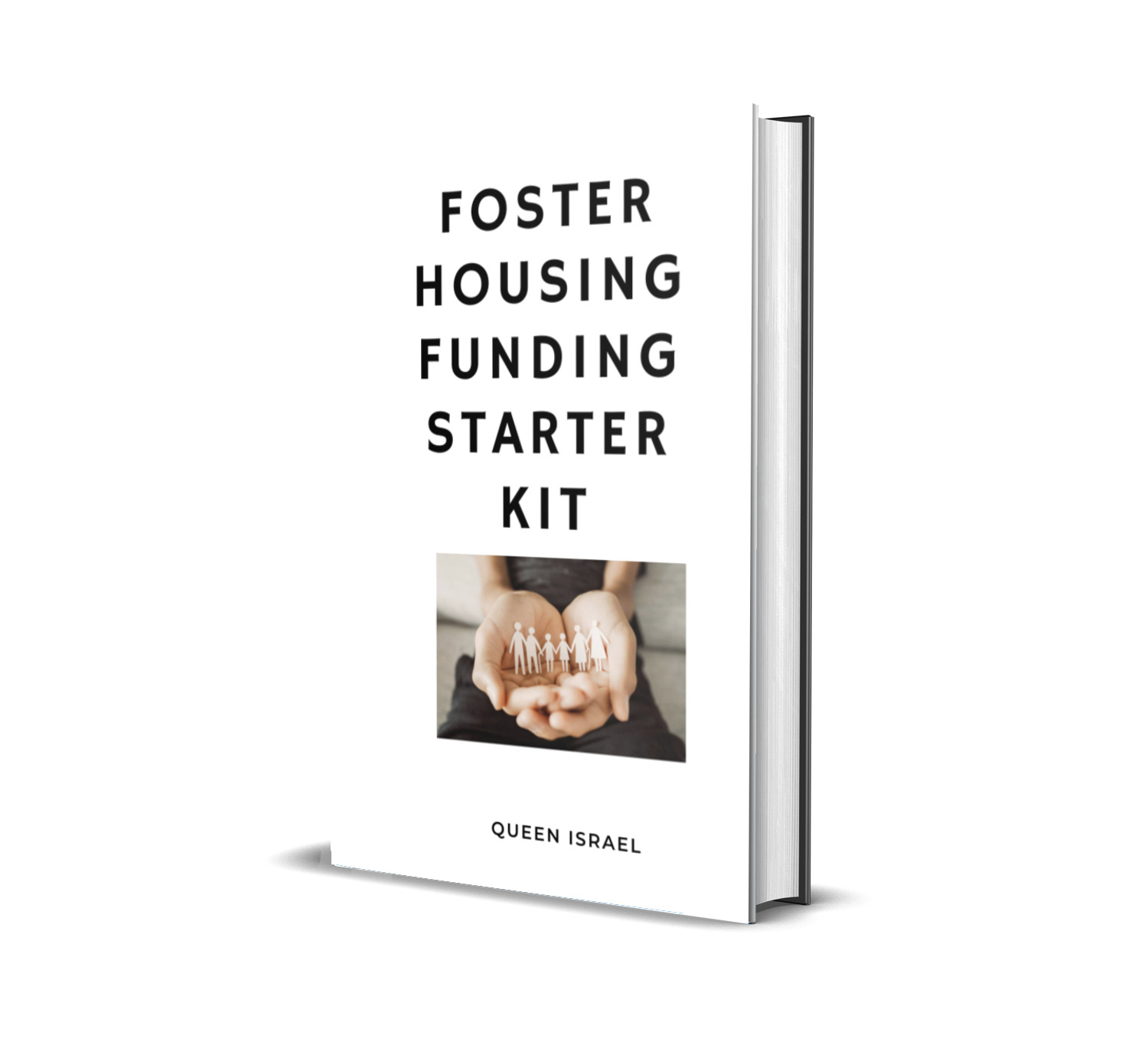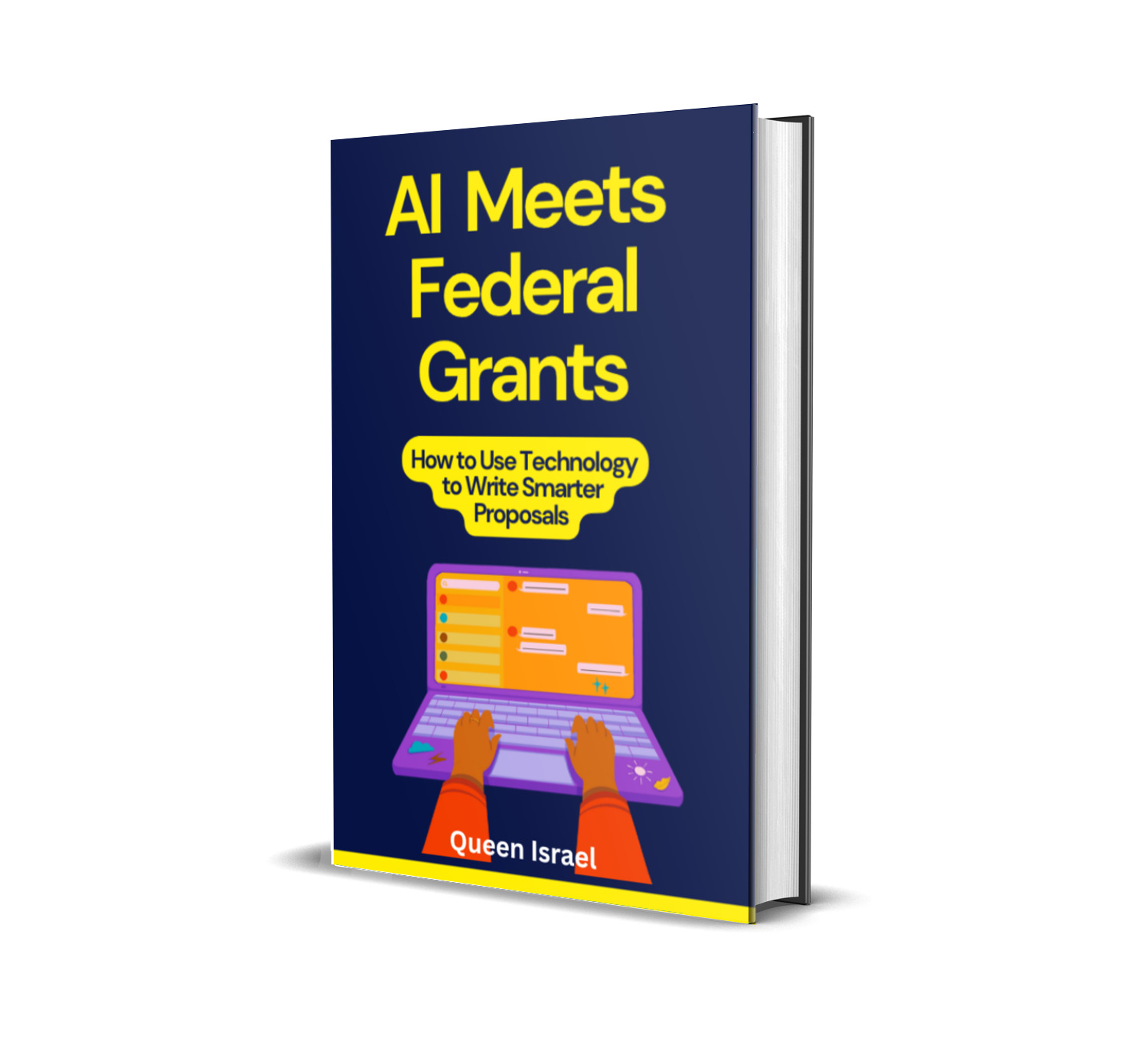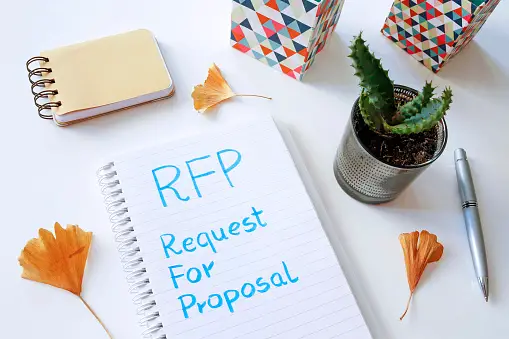A robust grant calendar is more than just a schedule—it’s a strategic tool that every nonprofit needs to manage grant deadlines, track funding opportunities, and streamline the complex process of submitting grant applications.
Over the years, as I’ve worked with various organizations, I’ve seen firsthand how a well-organized grant calendar can dramatically improve a team’s efficiency and success rate.
Today, we’ll discuss why these calendars are indispensable, what key elements they include, and how you can build and maintain one that truly works for your organization.
When you’re in the world of grant writing, keeping track of multiple deadlines and proposal requirements is part of the day-to-day work.
Many nonprofits face challenges such as missed deadlines, overlooked funder updates, and inefficient use of resources.
A comprehensive grant calendar helps mitigate these risks by offering a single, centralized view of all the grant opportunities that your organization intends to pursue.
Why a Grant Calendar is Vital for Every Nonprofit
For many nonprofits, grants represent a major source of funding.
In fact, statistics from recent surveys indicate that over 90% of organizations apply for grant funding each year, and the number of grant applications
submitted can vary widely depending on the organization’s size and capacity.A grant calendar ensures that every critical date—from the letter of intent to the final reporting deadline—is tracked and managed effectively.
One of the most striking data points I’ve encountered is that organizations that track their grant deadlines carefully are up to 40% more likely to receive funding awards compared to those that rely solely on manual methods.
In today’s competitive funding landscape, where every opportunity counts, a well-maintained grant calendar provides the structure needed to not only meet deadlines but also to allocate the right amount of time and resources to each opportunity.
A grant calendar is an ongoing, living document. It is not a one-and-done tool but rather a dynamic resource that evolves as new grant opportunities emerge and priorities change.
As nonprofits often operate with limited staff and time, having a centralized system to manage grant tracking and proposal planning can be a game-changer.
Core Components of a Nonprofit Grant Calendar
At its heart, a grant calendar organizes all the critical milestones associated with each funding opportunity. Let’s break down the key components that should be part of every effective grant calendar:
-
Grant Name and Funder Details: Record the full name of the grant and the organization offering it. This detail is crucial for quickly identifying the right opportunity.
-
Deadline Dates: List all critical deadlines, including the due date for the letter of intent, the full proposal, and any other submission requirements. Use clear labels for each type of deadline.
-
Expected Decision Date: Note the date by which you expect a response. This helps in planning follow-up communications and preparing for the next steps.
-
Application Requirements: Document the specific requirements for the proposal, such as word limits, required attachments, and formatting guidelines. Highlighting these details in your calendar ensures that nothing is overlooked.
-
Internal Milestones: Beyond the funder’s deadlines, create internal checkpoints for research, drafting, revisions, and final reviews. This internal structure helps distribute tasks among team members and provides clear accountability.
-
Budget and Funding Amounts: Include the amount you plan to request and any budget-related notes. This section can also incorporate a brief overview of the financial plan, linking back to your proposal.
-
Status and Follow-Up: Track the status of each application—from “in progress” to “submitted” and “award received”—and add notes for any follow-up actions, such as thank-you calls or additional documentation requests.
-
Resources and Tools: Mention any tools or templates that were used or that you plan to use. For example, a shared Google Calendar, Excel spreadsheet, or specialized grant management software can all serve as the foundation for your calendar.
By capturing all these details in one organized document, you can ensure that your organization remains proactive rather than reactive. A centralized grant calendar not only keeps everyone on the same page but also provides valuable historical data for future planning and continuous improvement.
Building Your Grant Calendar: Tips and Best Practices
Having a solid grant calendar is essential, but building one that works seamlessly with your team’s workflow is equally important. Here are some actionable tips based on my own experiences and industry best practices:
-
Start with a Centralized Platform:
Choose a platform that your entire team can access. While many nonprofits start with a simple Excel spreadsheet or Google Calendar, consider investing in dedicated grant management software if your volume of grants is high. Tools like these often provide automated reminders and integration with other project management systems, which can significantly reduce manual errors. -
Regular Updates Are Key:
A grant calendar should be a living document. Schedule weekly check-ins to review upcoming deadlines, update statuses, and add new grant opportunities. Consistent reviews help keep the calendar current and avoid last-minute rushes. -
Integrate With Your Workflow:
Align the grant calendar with your overall project management and communication systems. For instance, if you use a team collaboration tool like Slack or Microsoft Teams, consider linking your calendar events so that reminders and updates are visible to everyone. This integration minimizes the chance of missed deadlines and ensures that each team member understands their responsibilities. -
Create Standardized Templates:
Standard templates for entering new grant information can save time and ensure consistency. Develop a template that includes all the essential fields, and require that anyone adding a new opportunity fills out every section. Over time, this consistency will help in analyzing which types of grants tend to yield the best results for your organization. -
Assign Clear Ownership:
Each grant opportunity should have a designated point person responsible for its progress. By assigning clear ownership, you create accountability. If a deadline is missed or an application isn’t completed on time, you’ll know who to follow up with and why the slip occurred. This accountability is critical in a team setting where multiple projects are running simultaneously. -
Link to External Resources:
In addition to the internal details, include links to the original grant guidelines, funder websites, and any helpful resources or previous successful proposals. These links serve as quick references and can significantly reduce the time spent searching for information when you’re in the middle of the application process. -
Include Data and Metrics:
Periodically review your grant calendar and track your success rate. For example, if you notice that grants with a specific type of internal milestone or budgeting process have a 20% higher award rate, use that data to refine your future applications. Data-driven adjustments can help you improve your grant writing strategy over time. -
Use Color-Coding or Labels:
To make the calendar easier to read at a glance, use color-coding or specific labels to indicate the status of each grant. For example, green for submitted proposals, yellow for work in progress, and red for missed deadlines. These visual cues help the team quickly identify which tasks need immediate attention.
Personal Insights on Managing Grant Calendars
Working with nonprofit organizations over the years, I’ve learned that even small improvements in grant management can lead to significant differences in outcomes.
One organization I once collaborated with was struggling to keep up with multiple funder requirements. Their team was using a shared spreadsheet, but it was not updated regularly, and important deadlines were frequently overlooked.
After we introduced a more structured grant calendar—with regular updates, standardized templates, and color-coded status indicators—their submission success rate increased noticeably.
Not only did they manage to avoid missing deadlines, but the improved process also allowed them to reallocate saved time towards strengthening their proposals.
I believe that every nonprofit can benefit from adopting these practices, regardless of their size. It’s not just about the tools you use, but the discipline of maintaining the calendar consistently.
When your entire team understands the critical nature of each deadline and the process behind it, the collective efficiency improves, and you start to see a tangible boost in funding outcomes.
One key lesson is the importance of regular reflection. Every quarter, take time to review your calendar’s performance. Ask questions such as:
-
Which grant opportunities converted into awards?
-
Were there common bottlenecks in the application process?
-
How effective was your internal review process?
By answering these questions, you can adjust your process and ensure that your next cycle of applications is even more efficient and successful.
Common Pitfalls and How to Avoid Them
Even with an organized grant calendar, nonprofits sometimes encounter hurdles that can derail their efforts. Here are some of the most common pitfalls and practical strategies to overcome them:
1. Overcomplicating the Calendar
A frequent mistake is attempting to record every minor detail for every grant. While it’s tempting to include all available information, overcomplicating your calendar can lead to clutter and confusion.
Avoid this by:
-
Focusing on the essentials—grant name, deadlines, internal milestones, and key funder requirements.
-
Using standardized templates to ensure consistency without overwhelming your team with too much data.
-
Adding detailed notes or supplementary documents separately, so the calendar remains a high-level management tool.
2. Infrequent Updates
A grant calendar that isn’t updated regularly becomes a static document, prone to errors and missed deadlines. Studies suggest that nonprofits that review and update their calendars weekly are up to 40% more likely to submit proposals on time and increase their award rate.
To fix this:
-
Schedule weekly review sessions and assign a dedicated team member (or members) to update and verify upcoming dates.
-
Leverage tools with automated reminders to keep the calendar current and flag upcoming deadlines.
3. Poor Communication and Undefined Ownership
When no one is clearly responsible for each entry, it’s easy for important details to fall through the cracks.
Best practices include:
-
Clearly assigning a point person for every grant opportunity.
-
Using color-coding or status labels (e.g., “in progress,” “submitted,” “awaiting decision”) so that everyone knows the current state of each application.
-
Holding regular team meetings to discuss the status of each grant and adjust timelines as needed.
4. Relying on Outdated or Inflexible Tools
Many organizations begin with simple spreadsheets or basic calendar apps. However, as the number of grants increases, these methods can become cumbersome and error-prone.
Consider these solutions:
-
Evaluate grant management software that offers centralized data, automated updates, and integration with your existing project management tools.
-
Cloud-based platforms not only keep your information current but also ensure that every team member can access and update the calendar in real time.
5. Ignoring Post-Award Processes
Often, nonprofits focus solely on the pre-award and application phases, forgetting that effective grant management continues long after an award is received. Missing post-award deadlines—such as reporting milestones or follow-up communications—can strain relationships with funders and hurt future prospects.
To counter this issue:
-
Include post-award tasks (such as progress reports, financial reconciliations, and impact assessments) within your grant calendar.
-
Set internal deadlines well ahead of the funder’s due dates to allow time for review and necessary adjustments.
6. Failing to Analyze and Learn from Past Performance
A grant calendar shouldn’t just be a record of dates; it should also serve as a resource for continuous improvement. Without reviewing past outcomes, you miss opportunities to refine your approach.
Action steps:
-
Periodically analyze which types of grants or internal processes have led to successful awards.
-
Use metrics (like a win rate improvement of 15% when consistent reviews are conducted) to adjust strategies and allocate resources more effectively.
-
Maintain a historical log of outcomes, challenges, and lessons learned for future reference.
Integrating Your Grant Calendar with Broader Nonprofit Operations
A grant calendar is most effective when it’s integrated with your overall operations. Here’s how to ensure it becomes a central part of your organizational workflow:
-
Link with Project Management Tools:
Integrate your grant calendar with your project management systems (like Trello, Asana, or Monday.com) to ensure that tasks, milestones, and responsibilities are synchronized across the board. -
Communication Platforms:
Use collaboration tools (such as Slack or Microsoft Teams) to create channels dedicated to grant management. Automated reminders and updates posted in these channels can help keep the team engaged and informed. -
Financial Systems:
Ensure that your budgeting and accounting systems are linked to your grant calendar. This allows for real-time tracking of expenditures against each grant, helping you maintain compliance and optimize budget allocations. -
Training and Templates:
Incorporate training sessions for staff on how to use the grant calendar effectively. Develop templates for both data entry and reporting so that everyone follows the same standards. Over time, these practices build a culture of consistency and accountability.
Final Thoughts
A well-maintained grant calendar is more than a deadline tracker—it’s a dynamic, strategic asset that supports your nonprofit’s mission by ensuring that every grant opportunity is managed with precision and foresight.
When you combine regular updates, clear communication, data analytics, and integration with broader operational systems, your organization is positioned to improve its success rate dramatically.
From personal experience, I’ve seen how even small adjustments—like adding internal review deadlines or leveraging cloud-based tools—can free up time, reduce stress, and ultimately lead to a higher rate of successful grant awards. Every minute saved on administrative tasks is a minute that can be reinvested in your mission, whether that’s strengthening programs or expanding your reach in the community.
As you refine your grant calendar, remember that it is a living document that must evolve with your organization. Regularly review your processes, analyze your outcomes, and don’t be afraid to make adjustments when needed.
This proactive approach not only minimizes the risk of missed deadlines and compliance issues but also builds a solid foundation for continuous improvement in your grant-seeking efforts.
For nonprofits looking to maximize their funding opportunities, adopting a comprehensive grant calendar is not just a best practice—it’s essential.
With the right tools, a clear strategy, and a commitment to ongoing improvement, your grant calendar will help transform the often-overwhelming process of managing multiple grants into a streamlined, efficient, and ultimately successful endeavor.
If you’re ready to take your nonprofit’s grant management to the next level, consider implementing the tips and practices discussed here.
And to keep learning innovative strategies, useful templates, and powerful tools that can further boost your success rates, I invite you to subscribe to the Grant Writing Newsletter Newsletter. By joining, you’ll gain access to expert tips, actionable insights, and resources designed to help you master every stage of the grant process.
Embrace the discipline of regular updates, clear communication, and data-driven decision-making. With your grant calendar as a strategic ally, you’ll be better prepared to secure the funding that makes your organization’s vision a reality.






